This article highlights the growing acceptance of cryptocurrencies and the opportunities they present for investors.
As retail investors and institutions increasingly adopt digital assets, comprehending this dynamic market's potential risks and rewards is more crucial than ever.
Below are some statistics and projections for the cryptocurrency investment industry in 2026:
Data Sources And Methodology
The statistics presented in this article combine open-access resources and proprietary data for accurate and reliable information.
Our methodology involves:
- Aggregating data from government databases, industry reports, and academic publications
- Incorporating exclusive insights from leading industry providers
- Regular updates to reflect the latest information
Key data providers include:
Key Takeaways
- Crypto millionaires reached 241,700 by mid-2025, up 40% in a year.
- Bitcoin millionaires rose 70% to 145,100 in 2025.
- 88% of crypto holders plan to keep investing over the next year.
- Global crypto user penetration will rise from 11.82% in 2025 to 12.24% in 2026.
- Stablecoin market cap is expected to reach USD 2 trillion by 2026.
- Africa’s crypto user base grew 19.4% in 2025.
- Turkey’s crypto market expanded to 76 active companies.
- Institutions will hold about 4.2 million BTC, roughly 20% of total supply by 2026.
- Stablecoin supply rose more than 50% in 2025, with over 160 million holders.
Overview Of Cryptocurrency Investment
Cryptocurrency investment emerged in 2009, driven by the desire for a decentralized financial system free from traditional banking constraints.
It refers to purchasing digital currencies, such as Bitcoin and Ethereum, with the expectation of generating returns.
Since its inception, cryptocurrency investment has experienced explosive growth.
Bitcoin, the first and most well-known cryptocurrency, exemplifies this trend. Its price has skyrocketed from less than a penny to an all-time high of over $73,000 in 2024. (Bankrate)
This dramatic increase marks remarkable milestones in both market acceptance and investor interest.
Today, the cryptocurrency market is characterized by a diverse array of over 21,000 cryptocurrencies, with a total market capitalization reaching $2.17 trillion. (Coin Gecko)
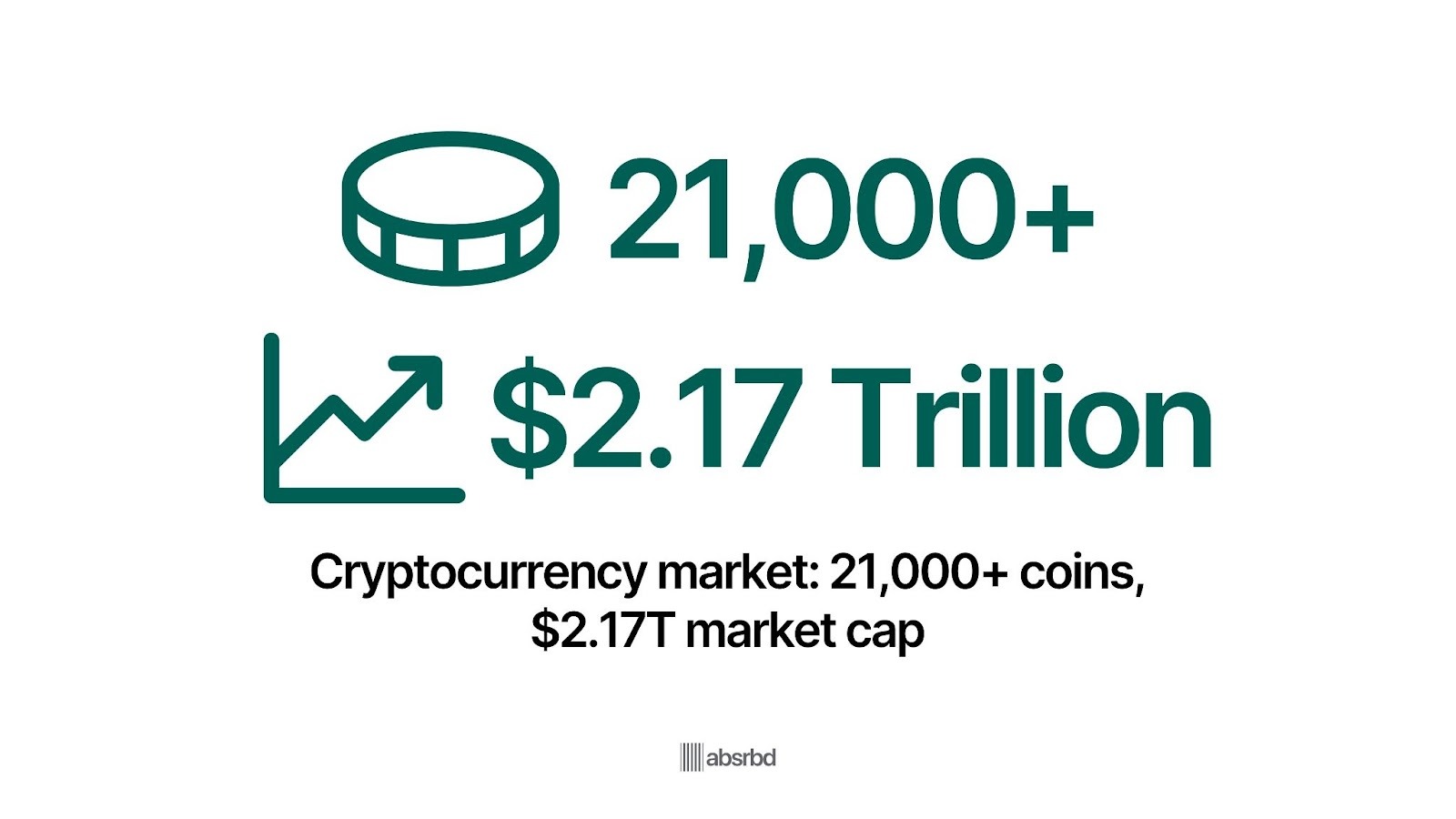
Major players include Bitcoin, Ethereum, and Tether, and factors such as technological advancements, regulatory developments, and increasing institutional adoption continue to shape the industry's trajectory.
Approximately 21% of American adults owned cryptocurrency as of 2022, according to CNBC. Projections indicate continued growth in this sector.
As a result, cryptocurrency has become a crucial part of the financial industry.
It is now a key area of focus for individual investors, financial institutions, and regulators alike.
Understanding the dynamics of this market is essential for navigating the opportunities and risks associated with cryptocurrency investment.
Key Statistics
- The global cryptocurrency market was valued at USD 4.67 billion in 2022. Grand View Research
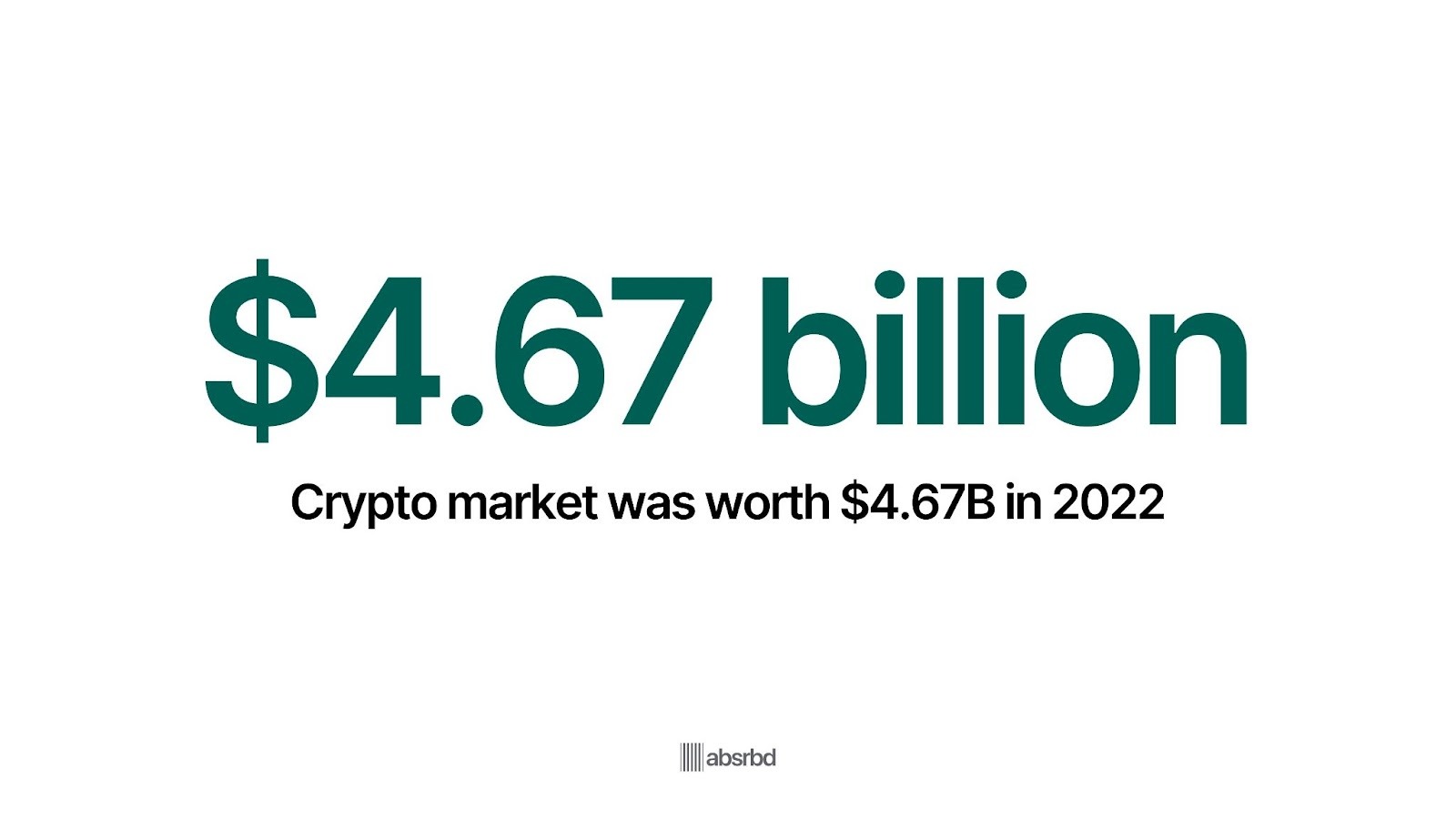
- Global crypto market revenue is projected to rise to USD 95.1 billion in 2026, up from about USD 85.7 billion in 2025. Statista
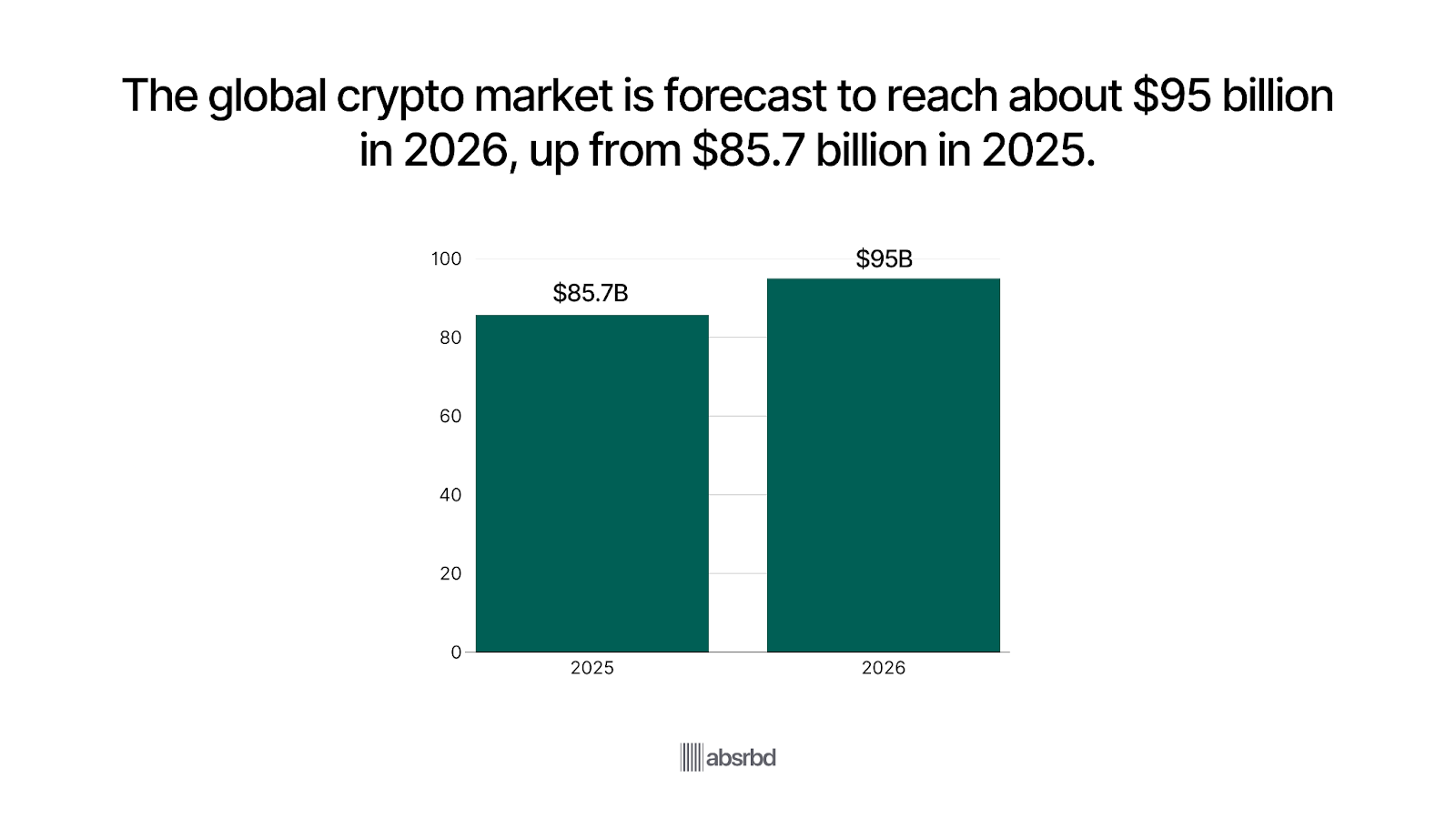
- Stablecoin market capitalization is expected to cross USD 2 trillion by 2028. The Block

- Penetration of crypto adoption global share of population owning crypto is forecast to increase modestly from around 11.82% in 2025 to 12.24% in 2026. Statista

- It is expected to expand at a compound annual growth rate CAGR of 12.5% from 2023 to 2030. Grand View Research
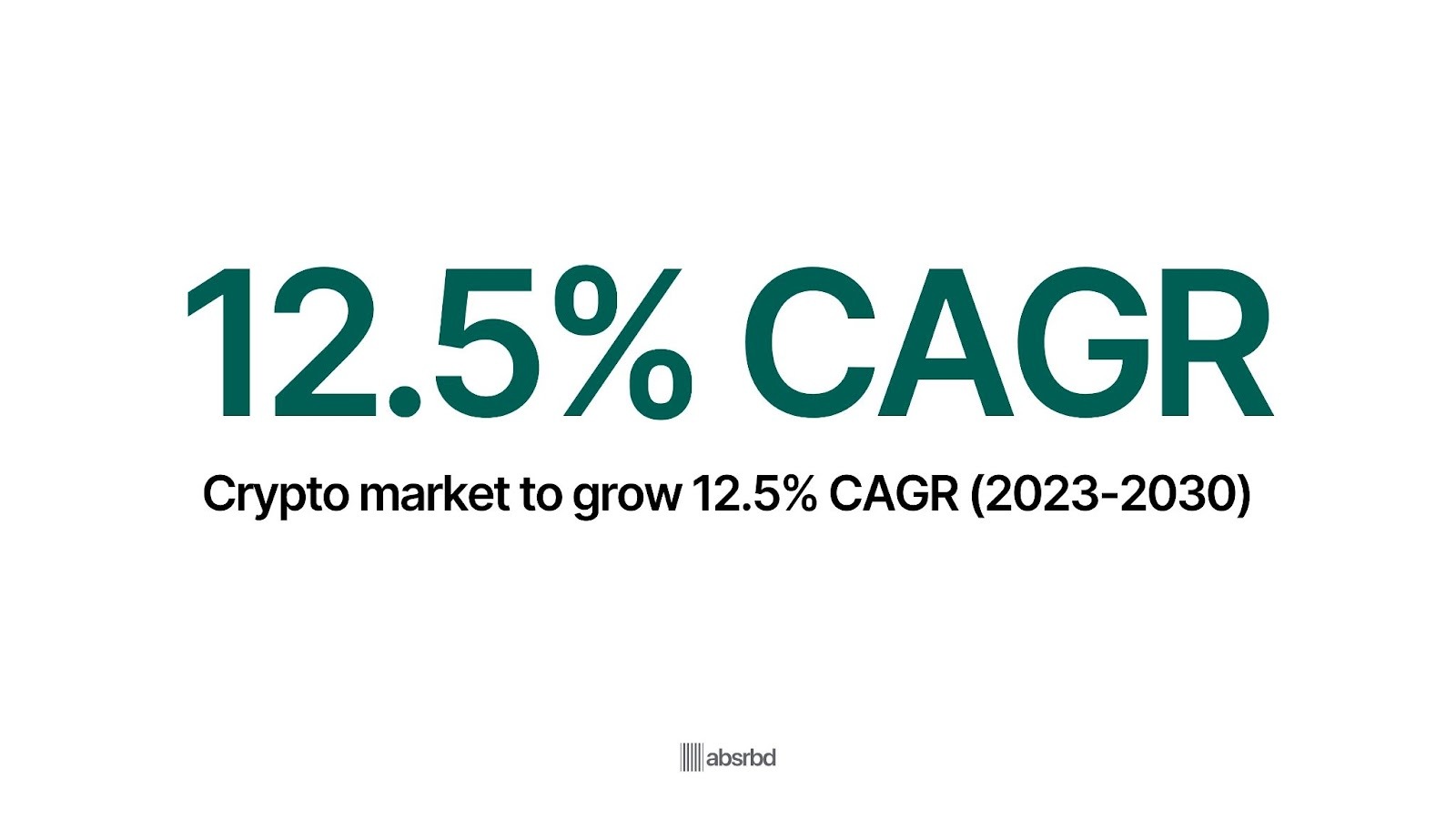
- The number of crypto-millionaires globally rose to 241,700 by mid-2025, up 40% in 12 months; Bitcoin millionaires alone numbered around 145,100, up 70% year-on-year. Henley’s and Partners

- Nearly 88% of current crypto holders plan to continue investing in cryptocurrency over the next 12 months, up from 73% in the previous survey year. Kraken

- Revenue in the North America Cryptocurrencies market will reach €24.46bn in 2024. Statista
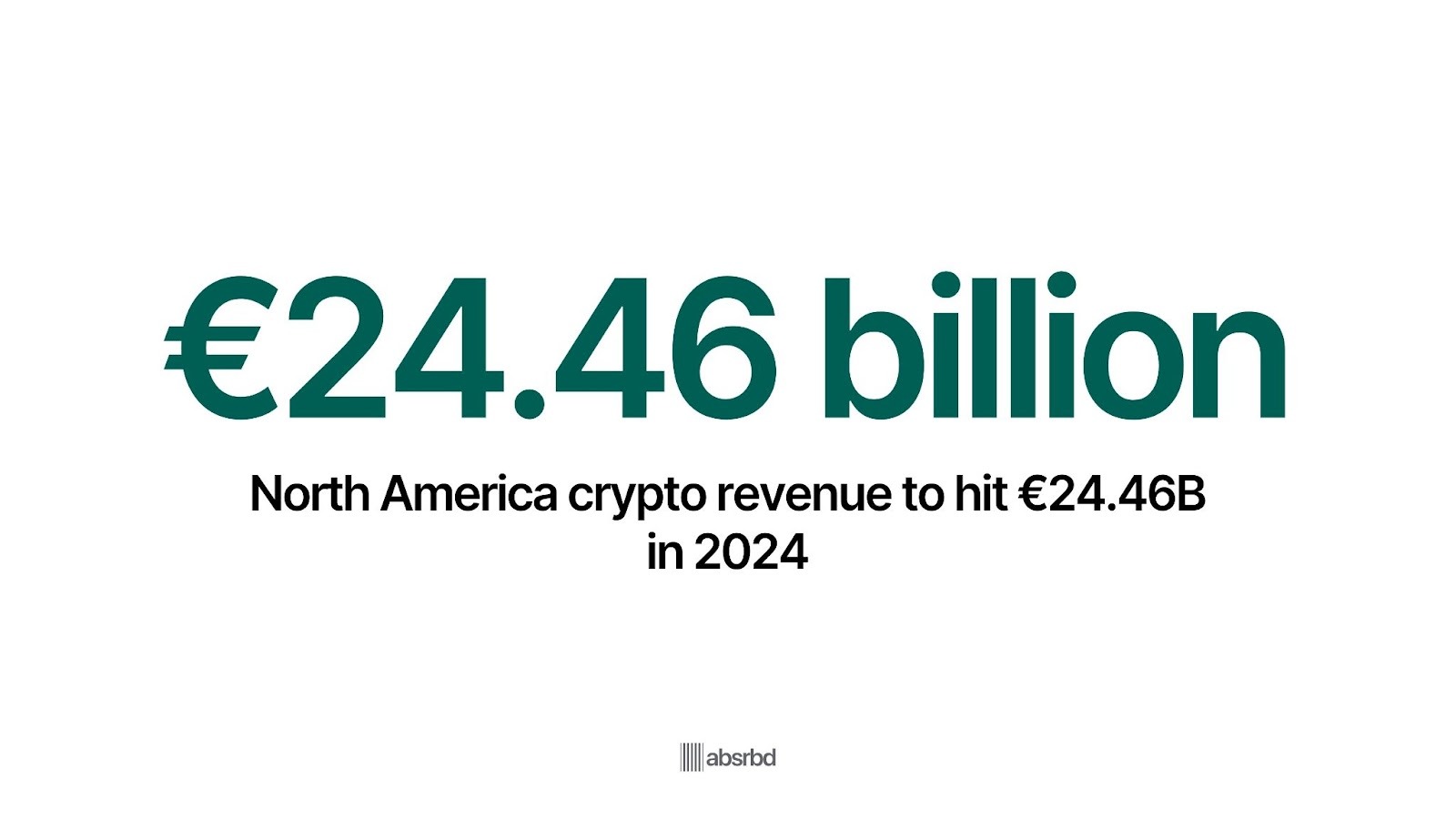
- Revenue in North America is expected to show an annual growth rate CAGR 2024-2028 of 9.25%, resulting in a projected total amount of €34.84bn by 2028. Statista
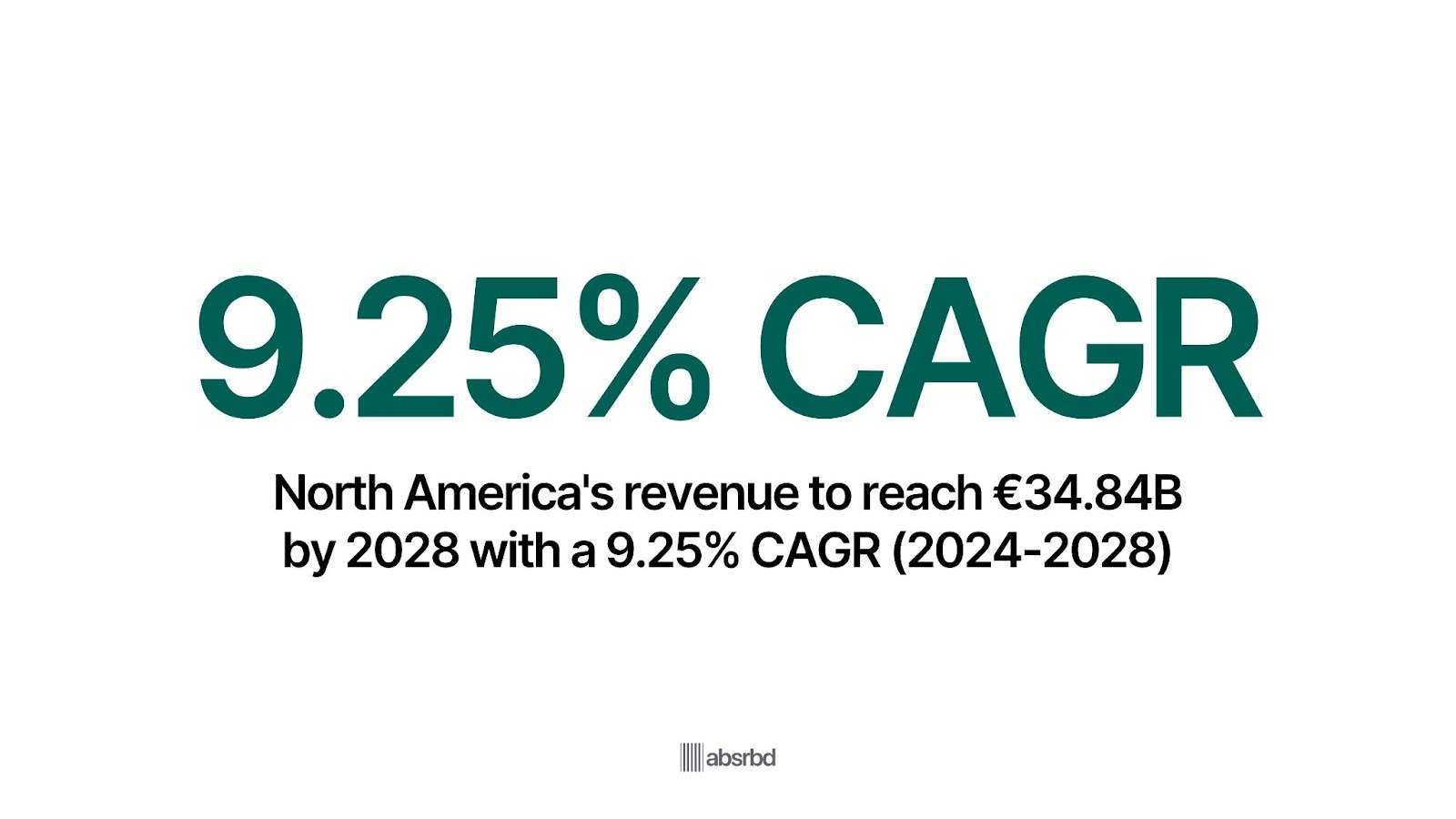
- About 460 million Bitcoin wallets have been established, but nearly 90% are inactive or have little value. Voronoi

- The average revenue per user in the North American Cryptocurrencies market is €212.00 in 2024. Statista
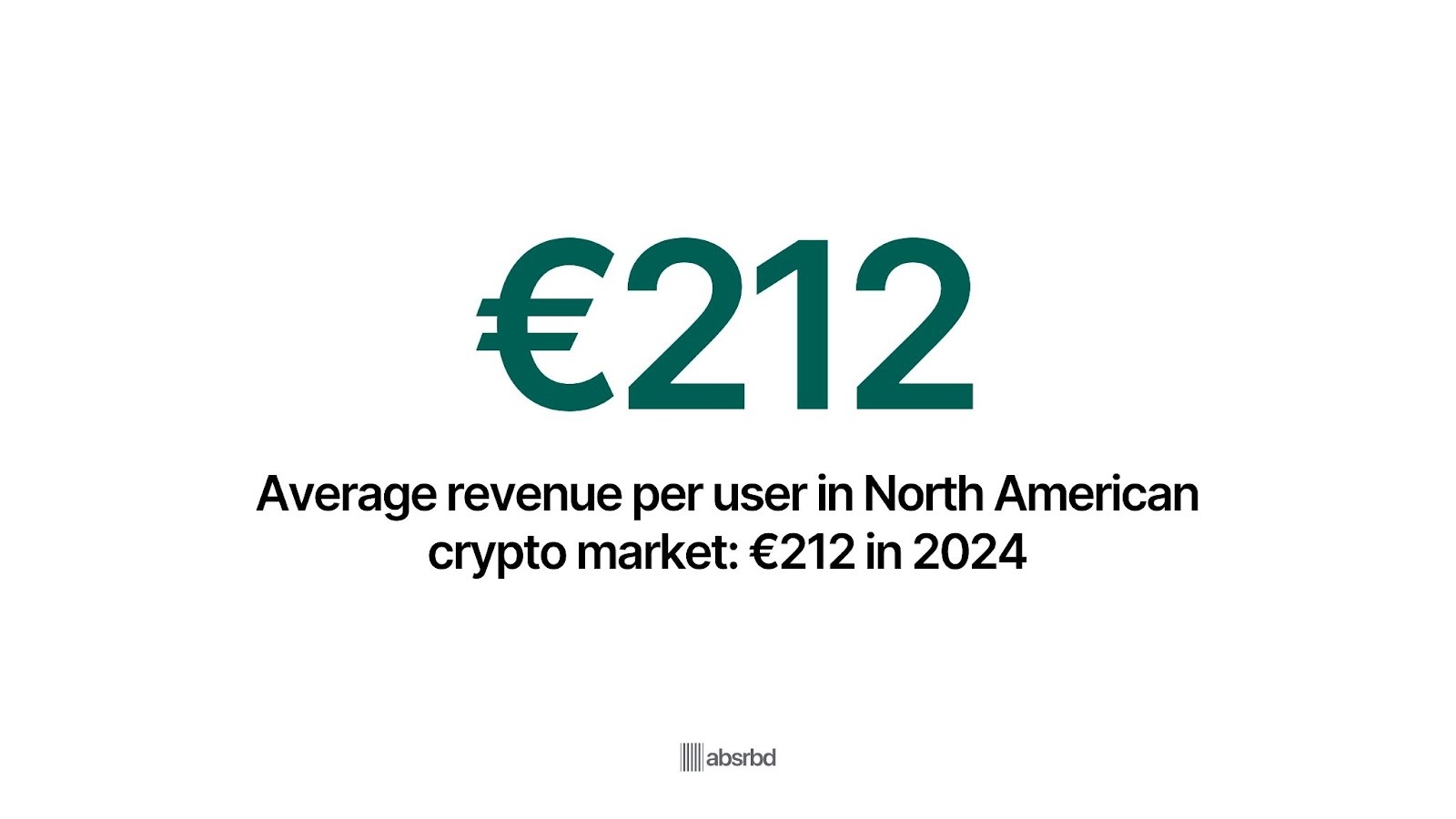
- As of 2024, 40% of American adults own cryptocurrency, a marked increase from 15% in 2021. Tech Guide
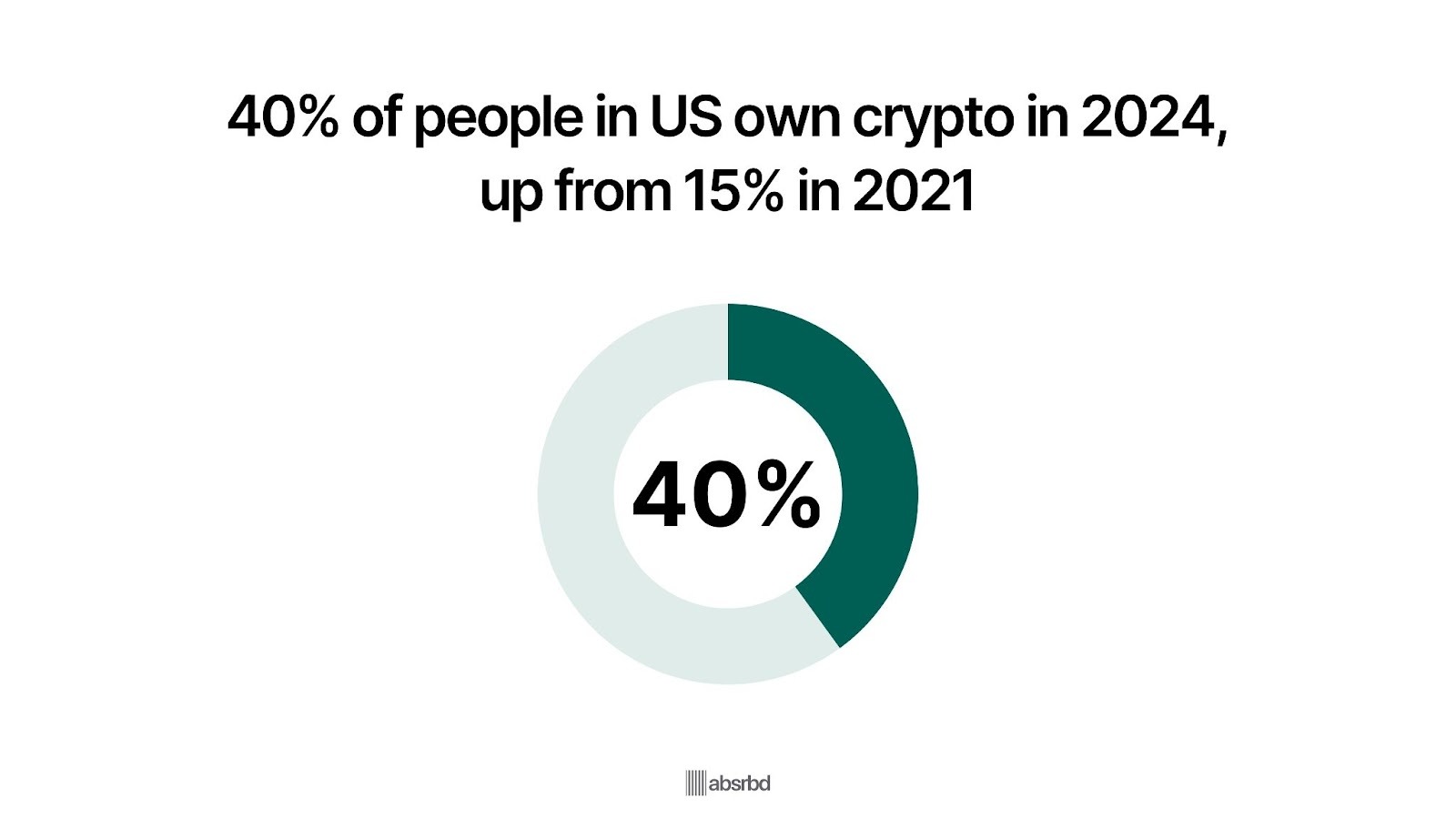
- In the United States, 29% of women own cryptocurrency, marking remarkable growth from 18% in 2023. Tech Guide

- 93 million, the number of adults in America who own cryptocurrency. Tech Guide

- In Africa, crypto user growth rose by ~19.4% in 2025, one of the fastest regional growth rates. Electro IQ

- In reality, fewer than half of the 46 million wallets, specifically, 21.5 million, hold a value exceeding $100. Tech Guide
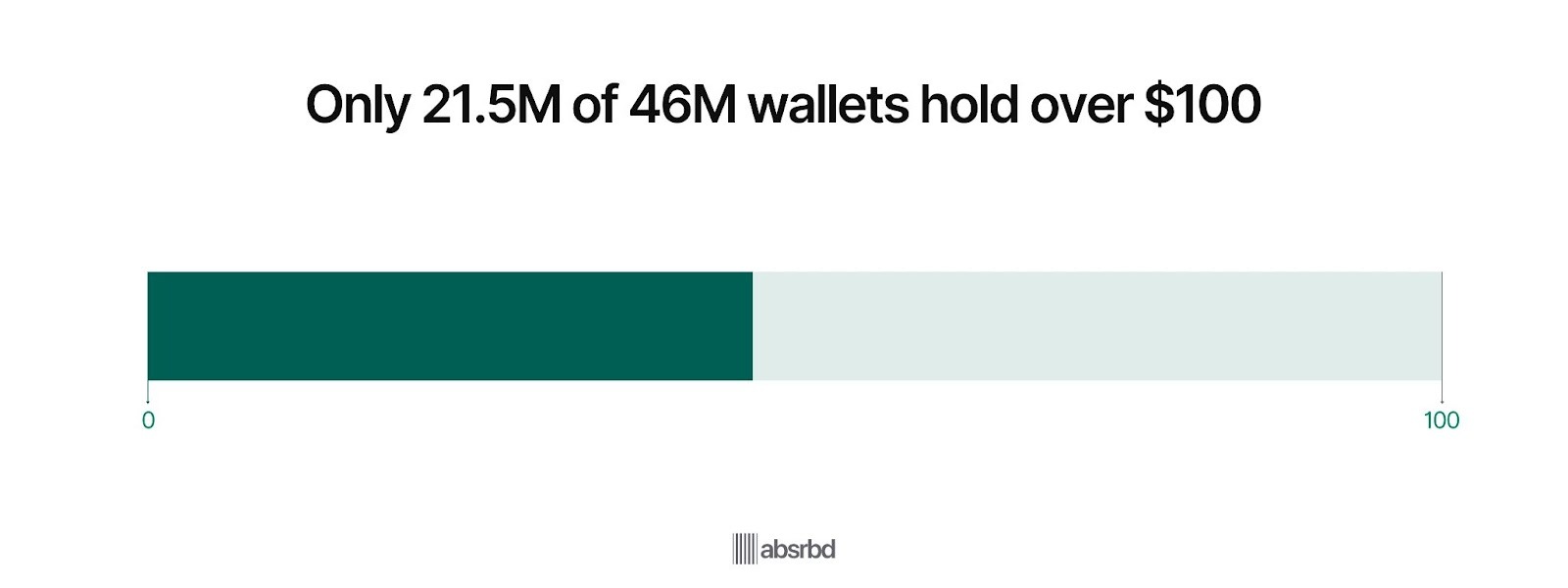
Major Trends
The cryptocurrency market is rapidly evolving, shaped by technological innovation and global financial shifts.
Key trends include the rise of decentralized finance (DeFi), growing interest in central bank digital currencies (CBDCs), increased institutional adoption, and the integration of blockchain in real-world applications such as supply chains and gaming.
Additionally, the expansion of layer-2 scaling solutions and tokenization of real-world assets are transforming how digital assets are used and traded.
Global Crypto Trading Volume to Skyrockets, marking a 90% increase from 2022 (Binance)
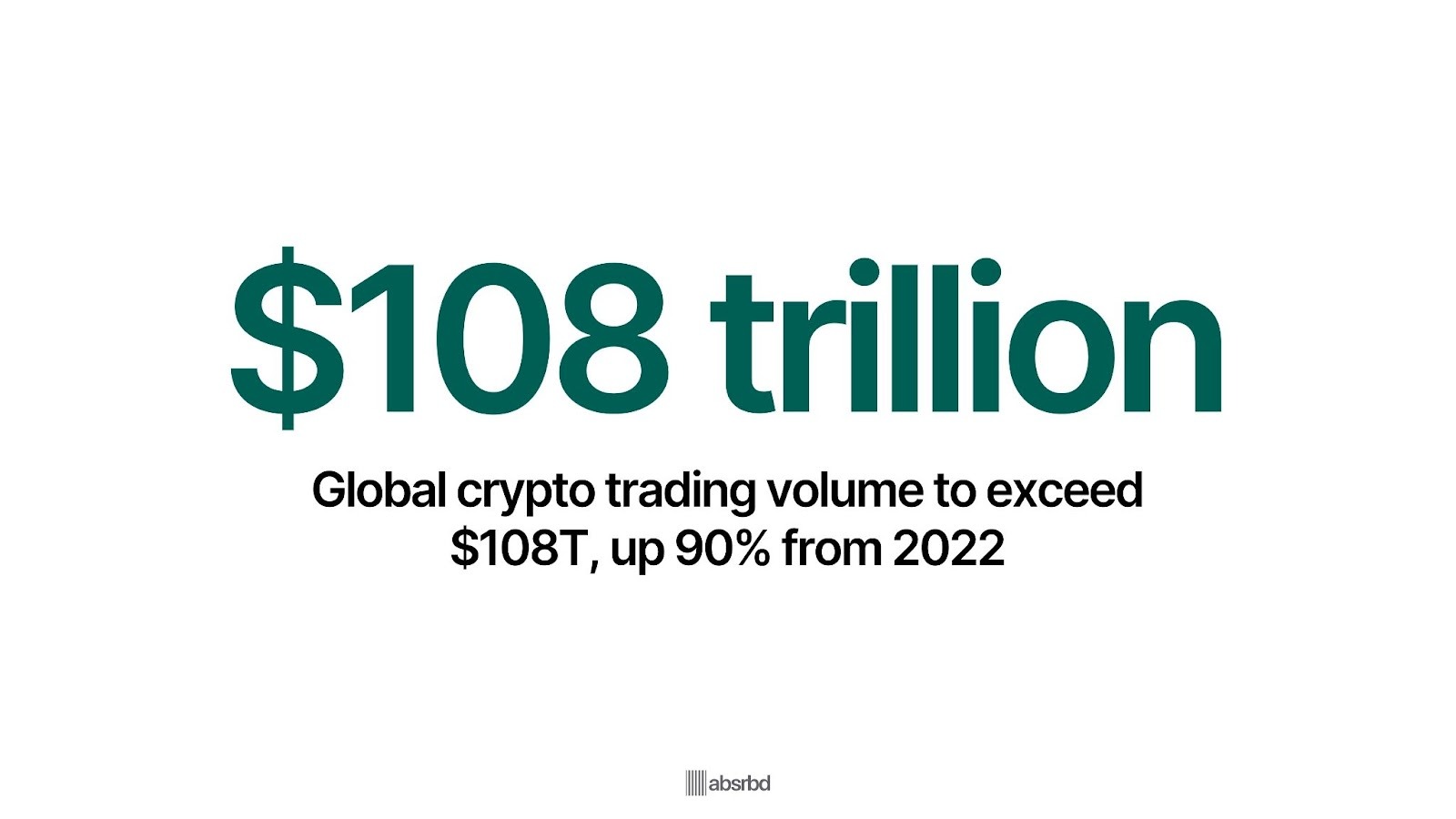
Global cryptocurrency trading volume is projected to exceed $108 trillion as at 2024, marking a 90% increase from 2022. (Binance)
This surge is primarily driven by heightened interest from retail and institutional investors, particularly in regions like Europe and Asia, which account for a portion of the global transaction value.
Indicating a growing acceptance of cryptocurrencies as a viable asset class, attracting more participants to the market.
For instance, the United States alone is expected to surpass $2 trillion in trading volume in 2024, highlighting its dominance in the crypto market.
Transformation of the Regulatory Landscape for Cryptocurrencies
The regulatory environment for cryptocurrencies is rapidly changing, with new rules being implemented globally.
The European Union has begun introducing regulations, with more expected as of December 2024.
This shift is crucial as it aims to provide clearer guidelines for investors and companies operating in the crypto space, fostering a more secure and stable investment environment.
For example, Turkey has seen a surge in interest, with 76 companies, including major players like Coinbase and KuCoin, seeking to establish a presence in the country and position it as a major crypto hub.
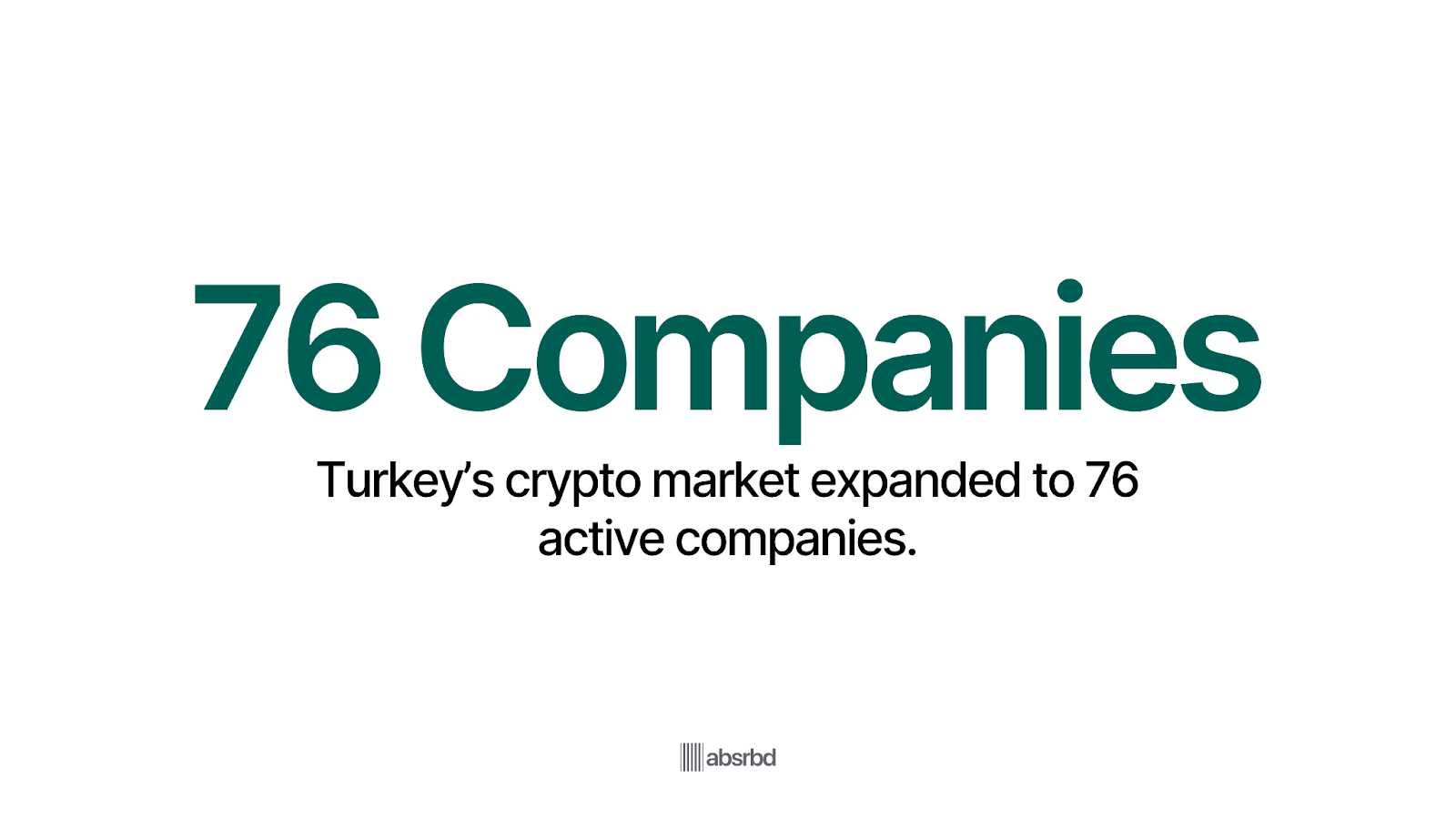
Institutional Holdings to Reach 20% of Total Bitcoin by End-2026 (ForkLog)
Institutions and corporations are expected to hold about 4.2 million BTC, or ~20% of total supply, by the end of 2026.

This surge reflects growing confidence from large players, improved regulatory clarity, and the appeal of Bitcoin as an inflation hedge.
The trend shows crypto is transitioning from speculative asset to strategic allocation in many portfolios.
Stablecoin Supply Surged 54% in 2025; SMBs Using Them Doubled World Economic Magazine (World Economic Magazine)
Stablecoin supply increased by over half in 2025, with over 160 million holders globally.
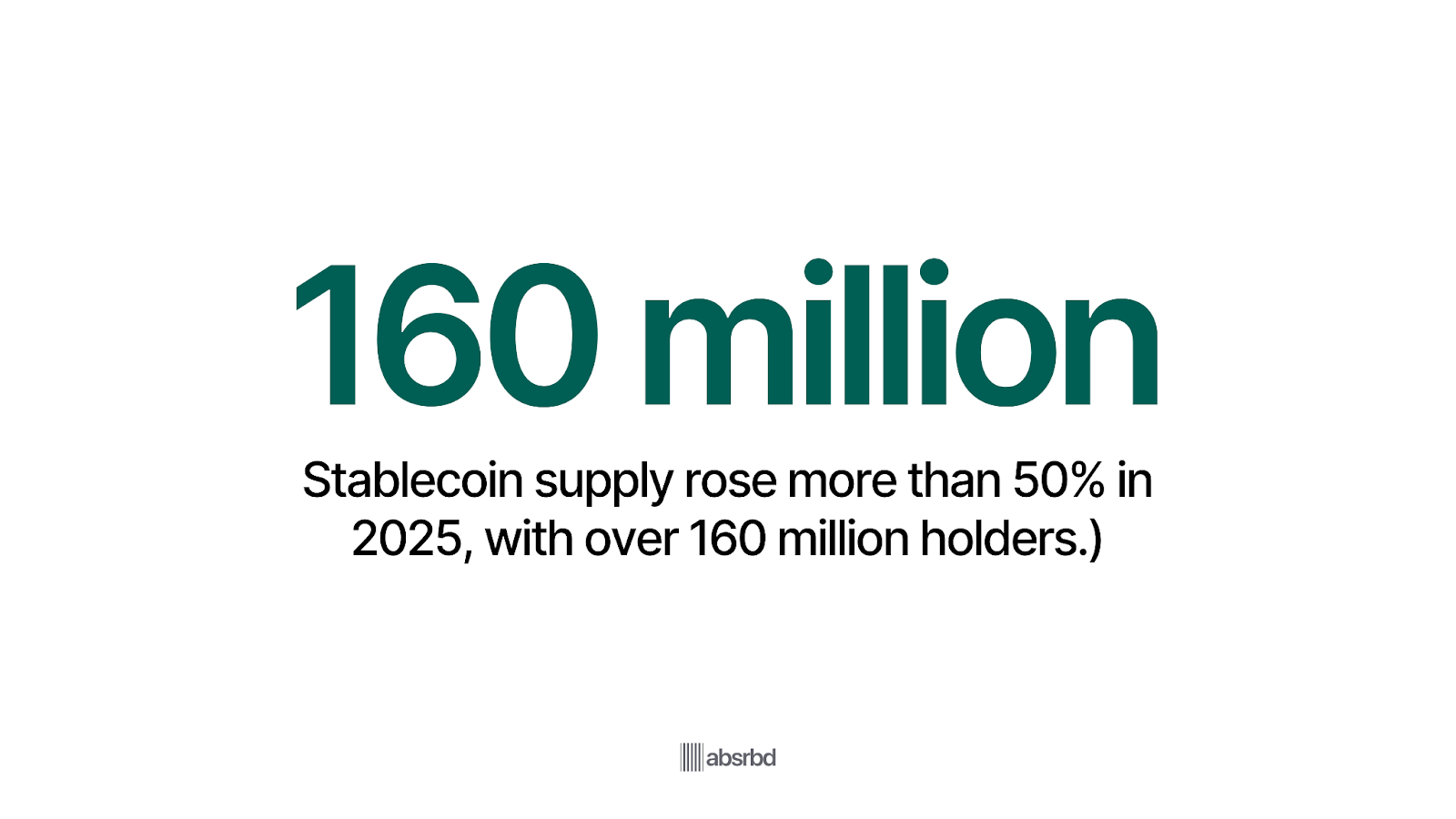
Small-and-medium businesses SMBs are now using stablecoins for operations cross-border payroll, settlements twice as much as a year prior.
This shift points to stablecoins becoming core infrastructure for global commerce, not just trading tools.
Tokenization of Real-World Assets Exploding by 2026 (NewsBTC)
Assets like real estate, art, commodities, and property rights are being increasingly tokenized, allowing fractional ownership and global access.
This opens opportunities for investors who previously couldn’t participate in such markets due to high entry cost.
It could also blur lines between traditional and digital finance, pushing regulatory, valuation, and custodial innovation.
Market Dynamics Shift as Women Investing in Crypto Increases by 300% (Watcher guru)
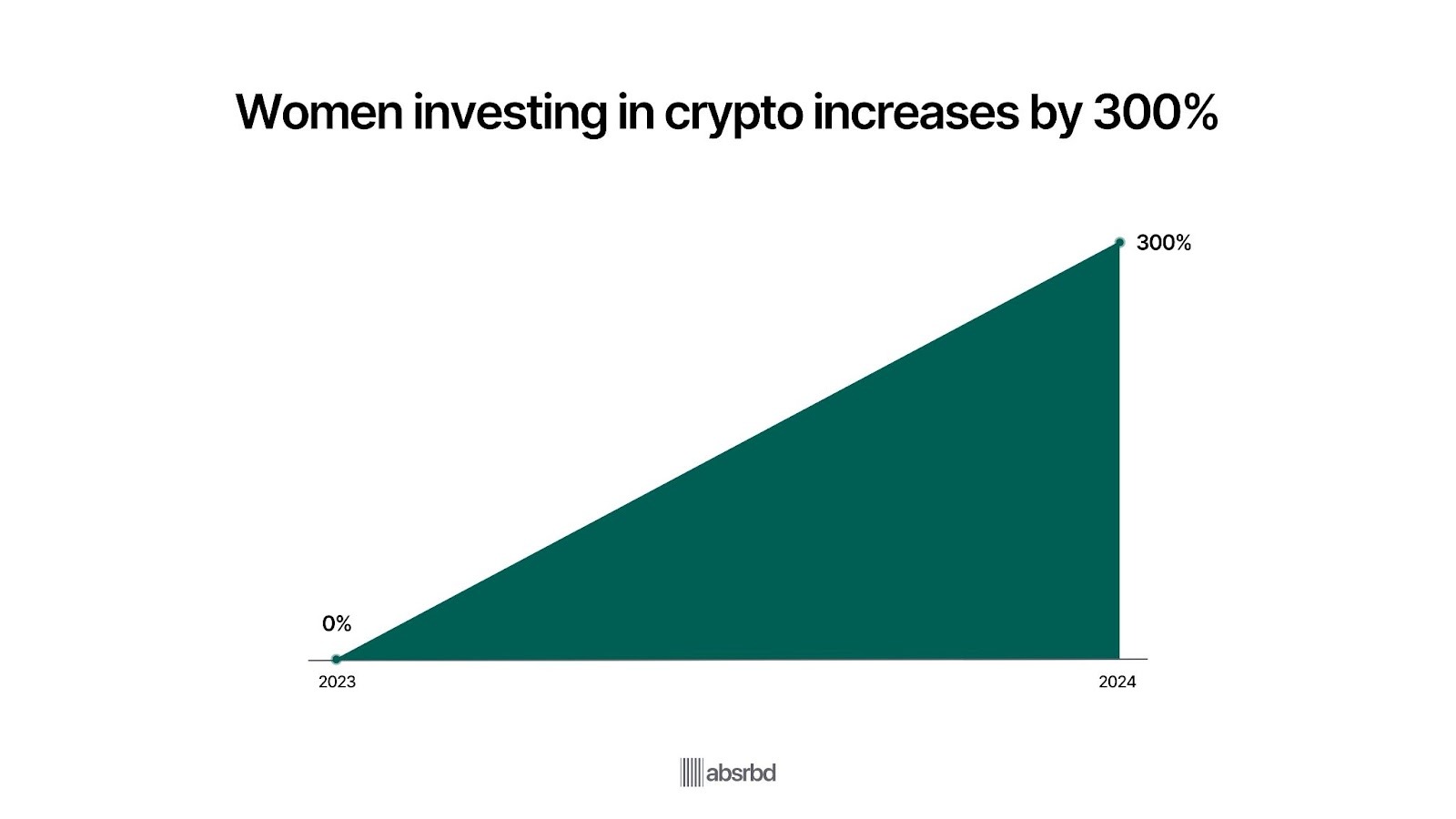
The demographics of cryptocurrency investors are shifting, particularly in emerging markets like India, where the number of women investing in crypto has increased 300% from June 2023 to January 2024.
This shift is remarkable as it reflects a broader inclusivity in the investment market, with one in five crypto buyers now being women, primarily aged between 18 and 34.
This diversification of the investor base not only enhances market resilience but also encourages the development of products that cater to a wider audience.
Decentralized Finance DeFi increases from $1 billion in 2020 to $83.72 billion in 2024 (Defi Llama)
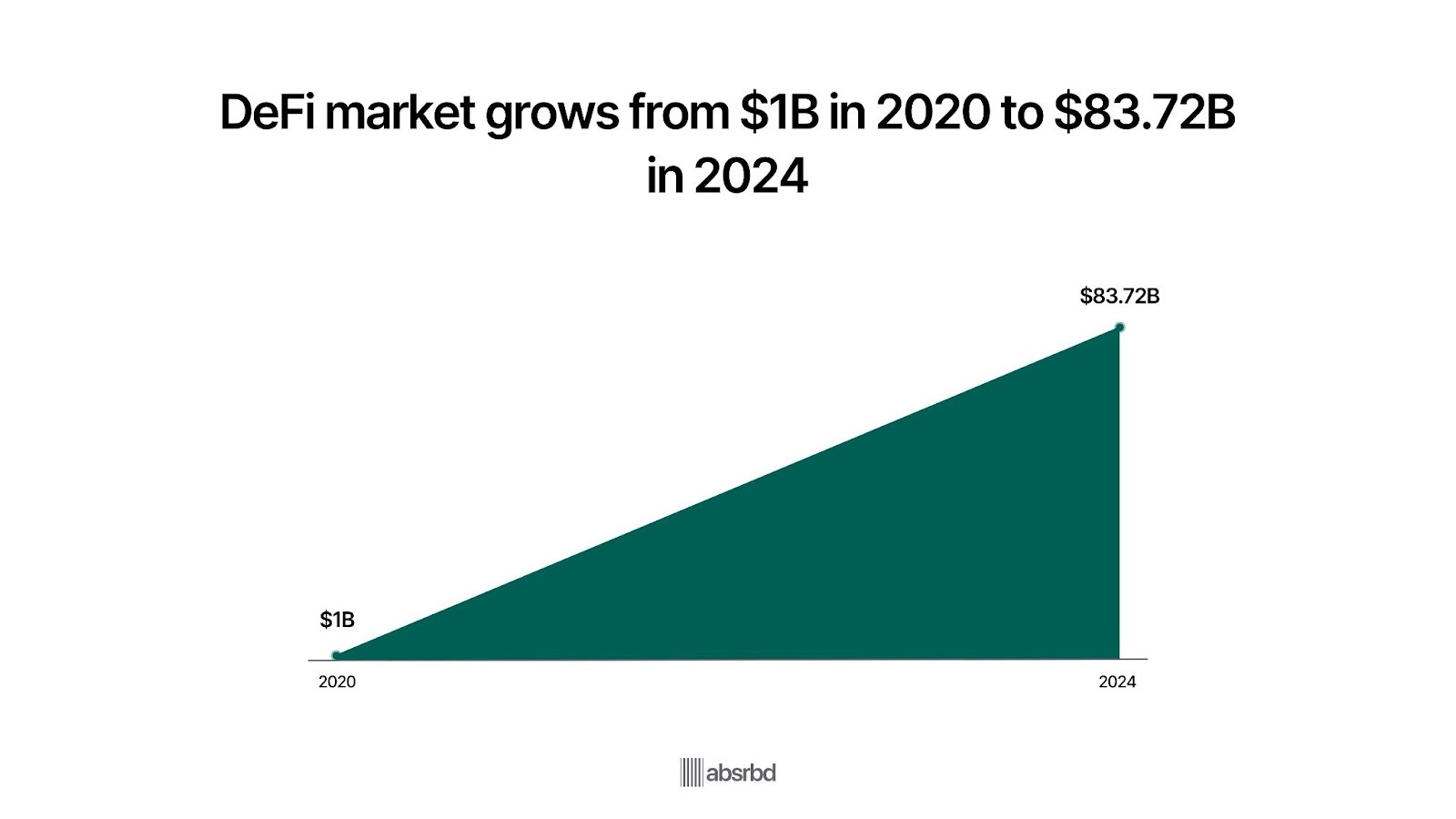
The DeFi sector has seen explosive growth, with total value locked TVL in DeFi protocols reaching over $50 billion in early 2024 and $83.72 billion as of August 2024, up from just $1 billion in 2020.
This major surge represents a shift from traditional financial systems, allowing users to lend, borrow, and trade without intermediaries.
DeFi platforms like Aave and Uniswap are leading this charge, giving users greater control over their assets and the potential for higher returns.
The rapid adoption of DeFi is reshaping how individuals interact with finance, making it a crucial area for investors to explore.
Institutional Adoption Accelerates
Institutional interest in cryptocurrency is rising, with over 70% of institutional investors indicating plans to invest in digital assets as of 2024.
This is important as it brings legitimacy and stability to the market, attracting more mainstream investors.
Major financial institutions, including Goldman Sachs and Fidelity, have launched crypto trading services, further legitimizing the asset class.
For example, Fidelity reported that its Bitcoin custody service has attracted over $1 billion in assets under management, showcasing the growing confidence among institutional players.
Emergence of Central Bank Digital Currencies (CBDCs)
Central Bank Digital Currencies (CBDCs)are gaining traction, with over 100 countries exploring or piloting their digital currencies as of 2024. (IMF)
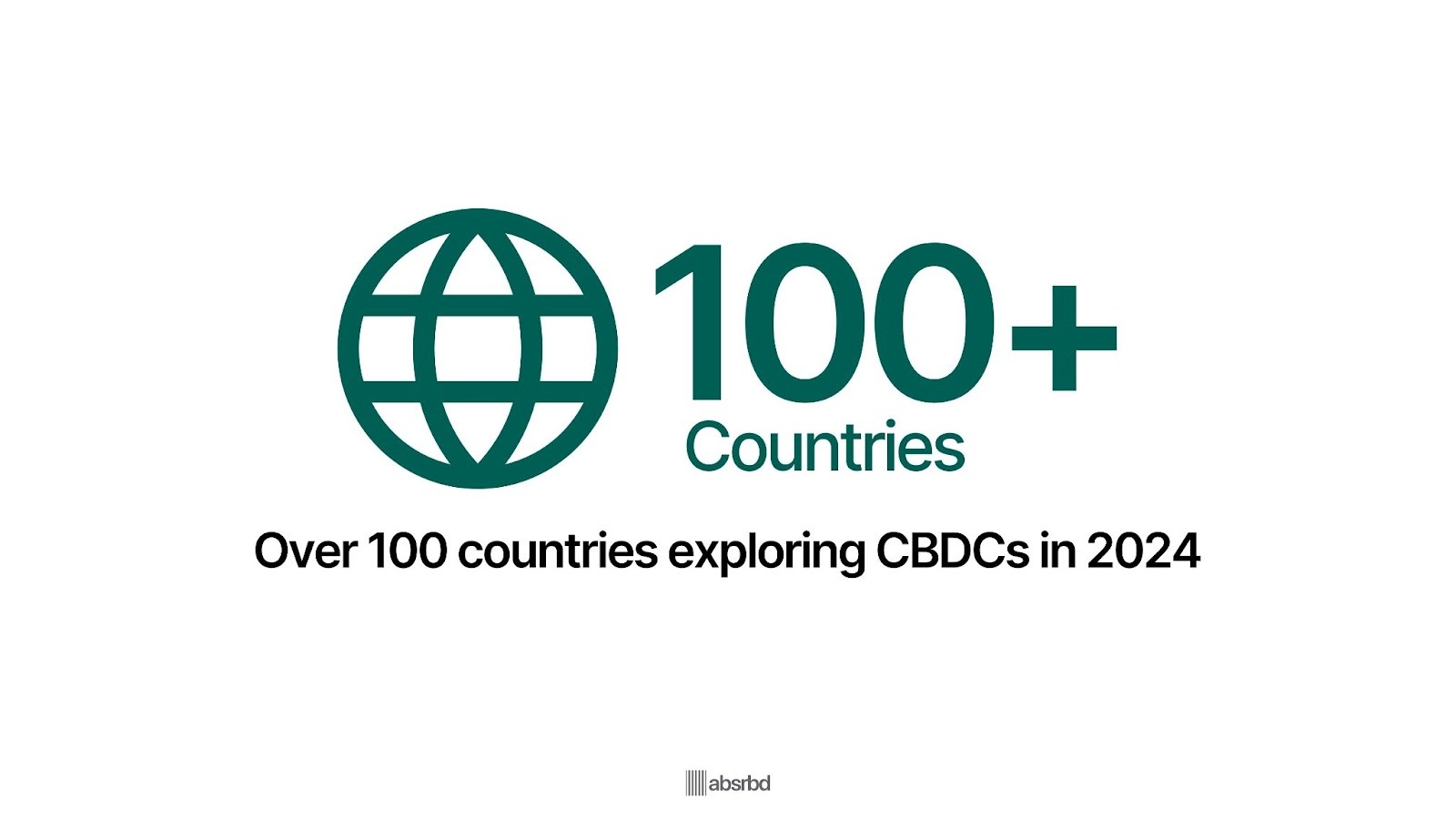
This trend reflects a shift towards integrating digital currencies into the mainstream financial system.
Countries like China are leading the way with their digital yuan, which has already been used in over 1 billion transactions.
The rise of CBDCs could influence the cryptocurrency market by providing a regulated alternative, affecting how individuals perceive and use digital currencies.
Key Challenges in Cryptocurrency Investment
Despite its growth, cryptocurrency investment faces several challenges. Market volatility remains a major concern, making prices unpredictable.
Regulatory uncertainty across jurisdictions also creates risks for investors and platforms.
Issues like security breaches, fraudulent projects, and lack of investor education further complicate the landscape.
Additionally, environmental concerns around energy-intensive mining and the absence of clear valuation models pose ongoing hurdles.
Regulatory Uncertainty
The regulatory environment surrounding cryptocurrencies is constantly changing, creating uncertainty for investors.
Many governments are still determining how to classify and regulate cryptocurrencies, leading to confusion about compliance and legal ramifications.
For instance, in 2024, the European Union introduced the Markets in Crypto-Assets MiCA framework, but varying regulations across countries can still complicate international investments.
This unpredictability can deter potential investors who may fear sudden regulatory changes that could impact their holdings or the overall market.
20% of Bitcoin Is Inaccessible Due to Lost Passwords (Yahoo Finance)

Security remains a critical concern in the cryptocurrency space.
Digital assets are stored in virtual wallets, which can be vulnerable to hacking and cyber threats.
Unlike traditional banking systems, cryptocurrencies lack centralized oversight and legal protections, leaving investors at a higher risk of fraud and theft.
High-profile hacks have resulted in billions of dollars in losses, further emphasizing the need for robust security measures.
According to estimates, about 20% of all bitcoins are now inaccessible due to lost passwords or incorrect sending addresses, illustrating the risks associated with digital asset management.
60% of Bitcoin Mining Power Is Controlled by 3 Mining Pools (Crypto Slate)
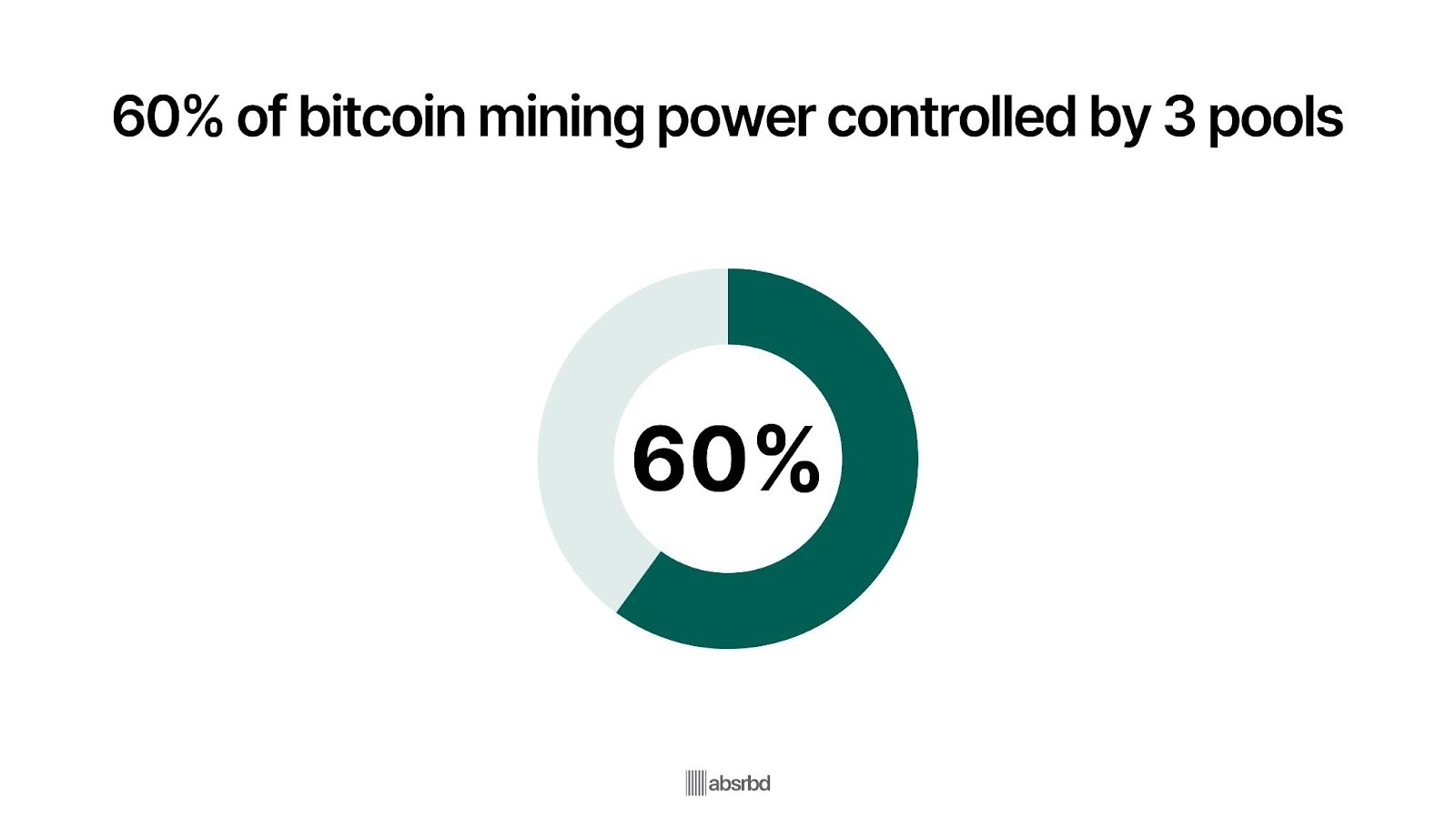
The concentration of wealth and mining power in the cryptocurrency ecosystem undermines its foundational principles of decentralization.
Currently, approximately 60% of Bitcoin's mining power is controlled by just three mining pools, illustrating a stark disparity in resource distribution.
This centralization not only raises concerns about market manipulation but also risks creating an oligopoly, where a few entities dictate market dynamics.
Such imbalances can stifle broader participation as smaller miners struggle to compete against large operations that benefit from economies of scale.
Moreover, the potential for a 51% attack where a single entity could control the network poses a great threat to the integrity of cryptocurrencies, further highlighting the urgent need for solutions that promote true decentralization.
51% of Potential Investors State That a Lack of Knowledge Is a Barrier to Entry (Coin Telegraph)
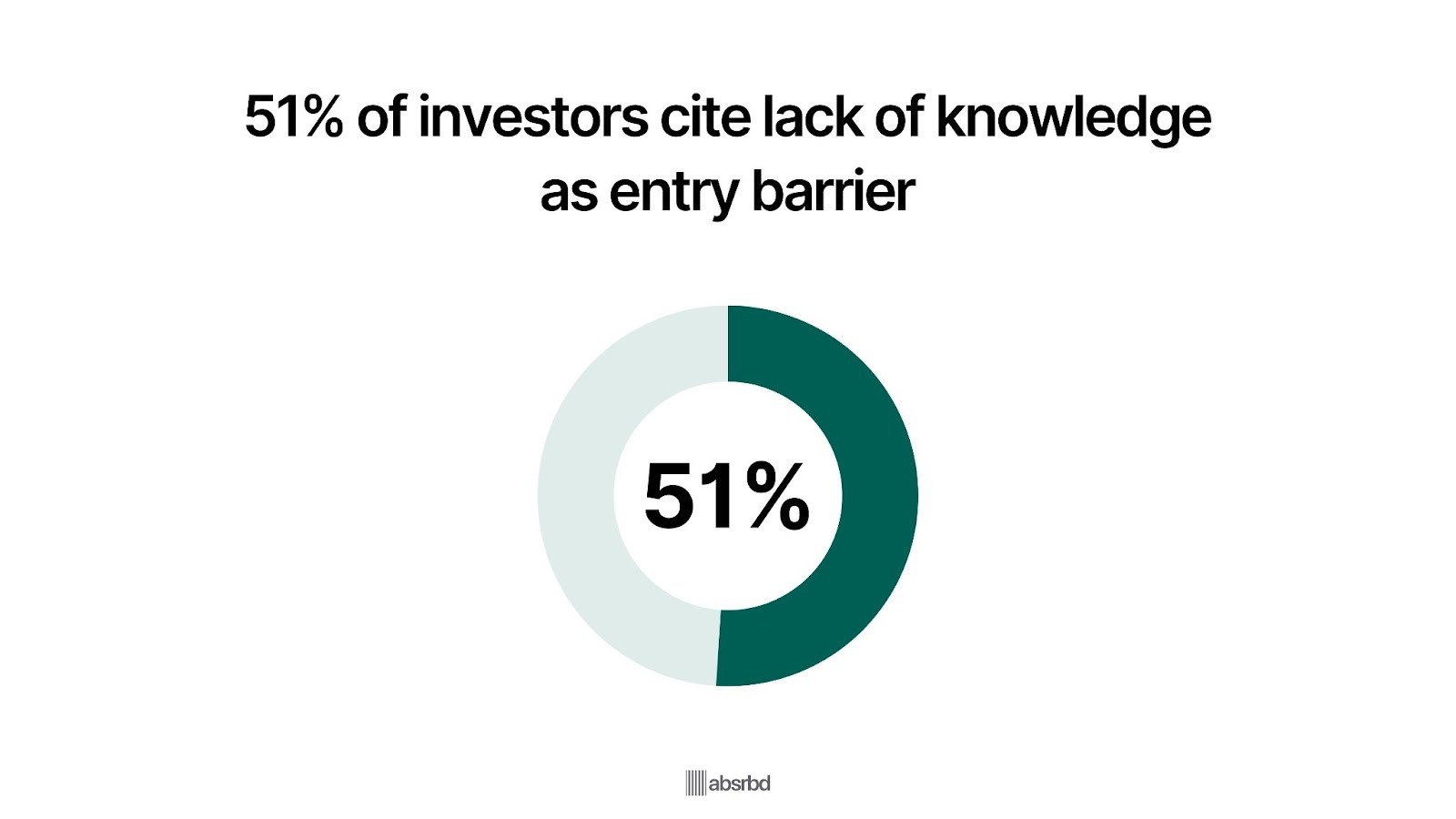
Despite growing interest, many traditional financial institutions and investors still struggle to understand cryptocurrencies fully.
This lack of knowledge can create barriers to entry for potential investors and contribute to skepticism about the asset class.
A survey indicated that 51% of potential investors cited a lack of knowledge as a barrier to entry, underscoring the importance of education and awareness in fostering broader acceptance of cryptocurrencies.
Emerging Opportunities in Cryptocurrency Investment
While risks exist, new opportunities continue to emerge in the crypto space. Blockchain-based financial services, tokenized assets, and Web3 innovations are creating fresh avenues for investors.
The growth of NFTs, metaverse economies, and crypto payment systems is expanding market potential.
Furthermore, sustainable crypto projects and AI-integrated blockchain solutions are attracting attention as the industry matures and diversifies.
Decentralized Finance DeFi
The DeFi sector has seen explosive growth, with total value locked TVL in DeFi protocols reaching approximately $50 billion in early 2024, up from just $1 billion in 2020. (Defi Llama)
Platforms like Aave and Uniswap are leading this charge, providing users with greater control over their assets and the potential for higher returns.
The rapid adoption of DeFi is reshaping how individuals interact with finance, making it a crucial area for investors to explore.
Brazil Offers Excess Renewable Power for Crypto Mining (Reuters)
Brazil is leveraging its surplus renewable energy wind, solar to attract crypto miners seeking sustainable power.
Projects are already being planned that use microgrids or remote renewable farms to host mining operations.
This presents an opportunity to scale crypto mining in eco-friendly ways, reduce carbon footprint, and benefit from lower electricity costs.
Cryptocurrency ETFs
The approval of Bitcoin ETFs by the U.S. Securities and Exchange Commission in January 2024 has opened up new opportunities for investors.
These ETFs saw $4.6 billion in trading volume on the first day, making it easier than ever to gain exposure to the largest cryptocurrency. (Yahoo Finance)
The introduction of Ethereum and potentially other altcoin ETFs in the future is expected to attract more institutional investors and drive further growth in the market.
Web3 Gaming & Metaverse Economies; Virtual Assets Become Functional
Play-to-earn games, virtual land / goods, and metaverse platforms are creating economies where digital ownership has real value.
Gamified experiences and NFT utility beyond just collectibles are drawing in new users and capital.
This represents a growing frontier for crypto participation, consumer engagement, and monetization.
Institutional Adoption
Institutional interest in cryptocurrency is rising, with over 87% of institutional investors indicating plans to invest in digital assets in 2024. (Fidelity)
Major financial institutions, including Goldman Sachs and Fidelity, have launched crypto trading services, further legitimizing the asset class.
For example, Fidelity reported that more than 80% of institutional investors surveyed view digital assets as having a role in investment portfolios, and of those who would seek exposure, 87% show interest in investment products that hold digital assets.
Emerging Altcoins
While Bitcoin and Ethereum remain the dominant cryptocurrencies, emerging altcoins have potential for growth.
Projects like Solana, which saw a 10,000% price increase in 2021, are capitalizing on shifts such as decentralized applications dApps and digital asset trading.
As the crypto market matures, investors may find opportunities to identify promising altcoins with strong fundamentals and growth potential.
Regulatory Clarity
As the regulatory environment surrounding cryptocurrencies changes, increased clarity can provide stability and drive further adoption.
The European Union's introduction of the Markets in Crypto-Assets MiCA framework in 2024 is a giant step towards establishing clear guidelines for crypto service providers.
This regulatory clarity can enhance investor confidence and enable the development of new crypto-based products and services.
Impact on Stakeholders
The emerging developments in the cryptocurrency investment space impact various groups, including consumers, businesses, and investors.
Each group's experiences and opportunities are shaped by the growing industry of cryptocurrency investment, influenced by factors such as technological advancements, regulatory changes, and market dynamics.
Impact on Consumers
Increased Accessibility: Consumers now have greater access to cryptocurrency investment opportunities with the introduction of user-friendly platforms and educational resources. This accessibility allows more individuals to explore the potential benefits of cryptocurrency investment, such as diversifying their portfolios and participating in the growth of innovative technologies.
Heightened Awareness: As cryptocurrency investment becomes more mainstream, consumers are becoming increasingly aware of the risks and challenges associated with this asset class. This heightened awareness encourages consumers to conduct thorough research, seek professional advice, and make informed decisions when investing in cryptocurrencies.
Potential for Volatility: The high volatility of cryptocurrency prices can impact consumer confidence and investment decisions. While some consumers may be attracted to the potential for high returns, others may be deterred by the risks associated with price fluctuations. Educating consumers about risk management strategies and the importance of diversification is crucial in mitigating the impact of volatility.
Impact on Businesses
Adoption of Cryptocurrency Payments: As more consumers become interested in using cryptocurrencies for transactions, businesses may need to adapt by accepting digital currencies as a payment method. This trend can open up new markets and customer segments, but it also requires businesses to navigate the complexities of cryptocurrency transactions, such as volatility, security, and regulatory compliance.
Fundraising Opportunities: Businesses, particularly startups, may leverage cryptocurrency investment to raise capital through initial coin offerings ICOs or security token offerings STOs. These fundraising methods can provide an alternative to traditional financing sources, but they also come with risks and regulatory considerations.
Increased Competition: The growing interest in cryptocurrency investment may lead to the emergence of new businesses and services catering to this market. This increased competition can drive innovation and improve the quality of services available to consumers and investors, but it can also create challenges for established players in the industry.
Impact on Investors
Diversification Opportunities: Cryptocurrency investment provides investors with opportunities to diversify their portfolios and potentially generate higher returns. However, investors must carefully assess the risks associated with this asset class and develop a well-informed investment strategy.
Increased Regulation: As the cryptocurrency investment sector changes, regulatory bodies are implementing new rules and guidelines to protect investors and ensure market stability. While increased regulation can provide more certainty and security for investors, it may also limit certain investment opportunities or increase compliance costs.
Technological Advancements
Ongoing technological advancements in the cryptocurrency space, such as the development of decentralized finance DeFi platforms and the emergence of central bank digital currencies CBDCs, can create new investment opportunities and challenges for investors.
Staying informed about these developments and their potential impact on the market is crucial for making informed investment decisions.
Conclusion
The cryptocurrency investment sector has both challenges and opportunities. Regulatory uncertainty and price swings are obstacles, but there is potential for greater financial access and technological progress.
Decentralized finance DeFi reflects this, offering new investment options but also posing risks due to its complexity and lack of rules.
Industry players need to focus on security and adapt to changing rules. Those who effectively use new technologies to improve the efficiency and transparency of transactions will stand out and attract more investors.
Staying informed and flexible will be crucial in the changing cryptocurrency market. By building trust, being transparent, and driving innovation, stakeholders can shape a more inclusive financial system.


.jpg)

